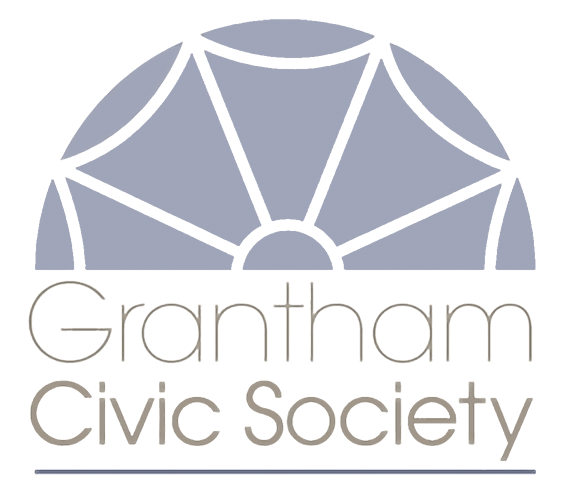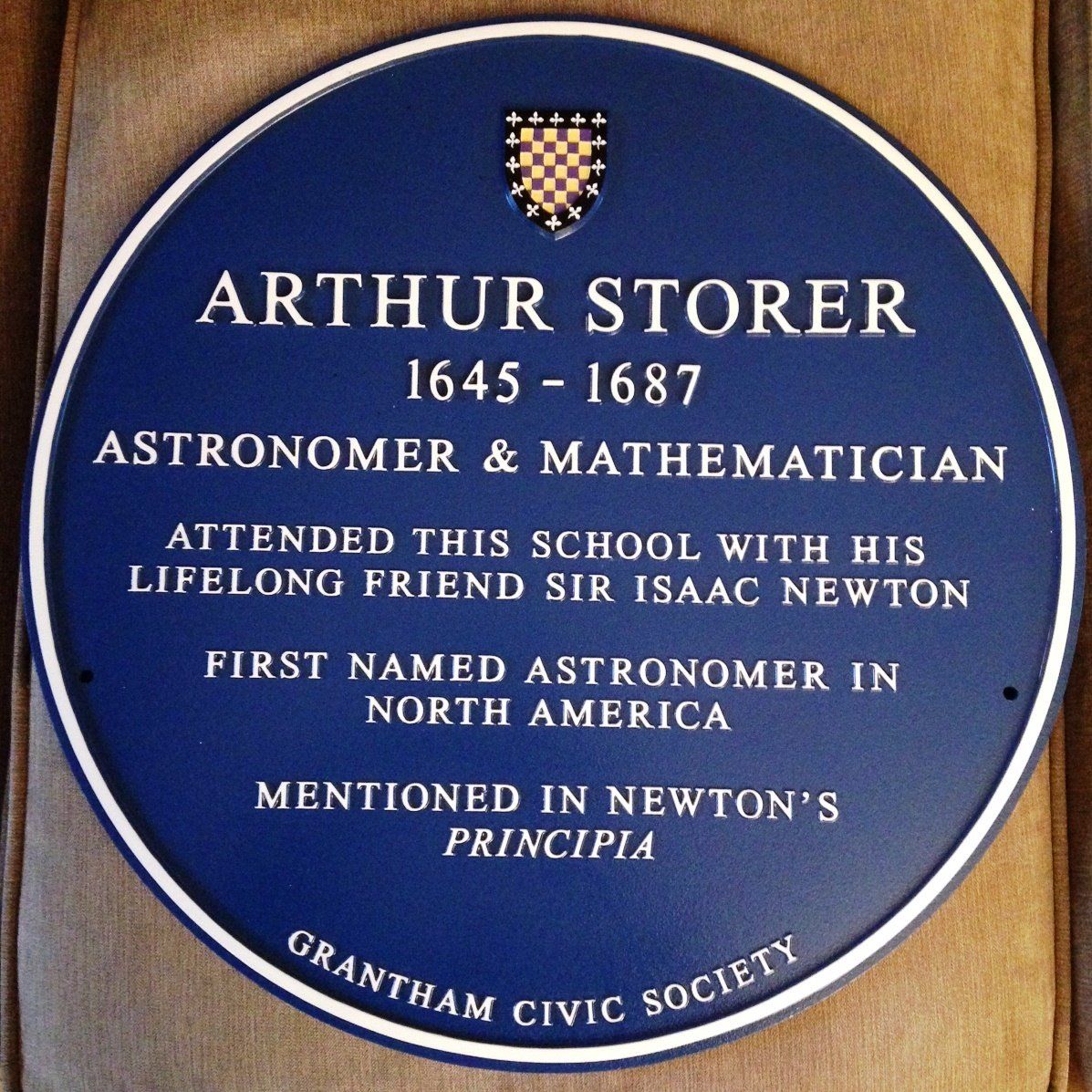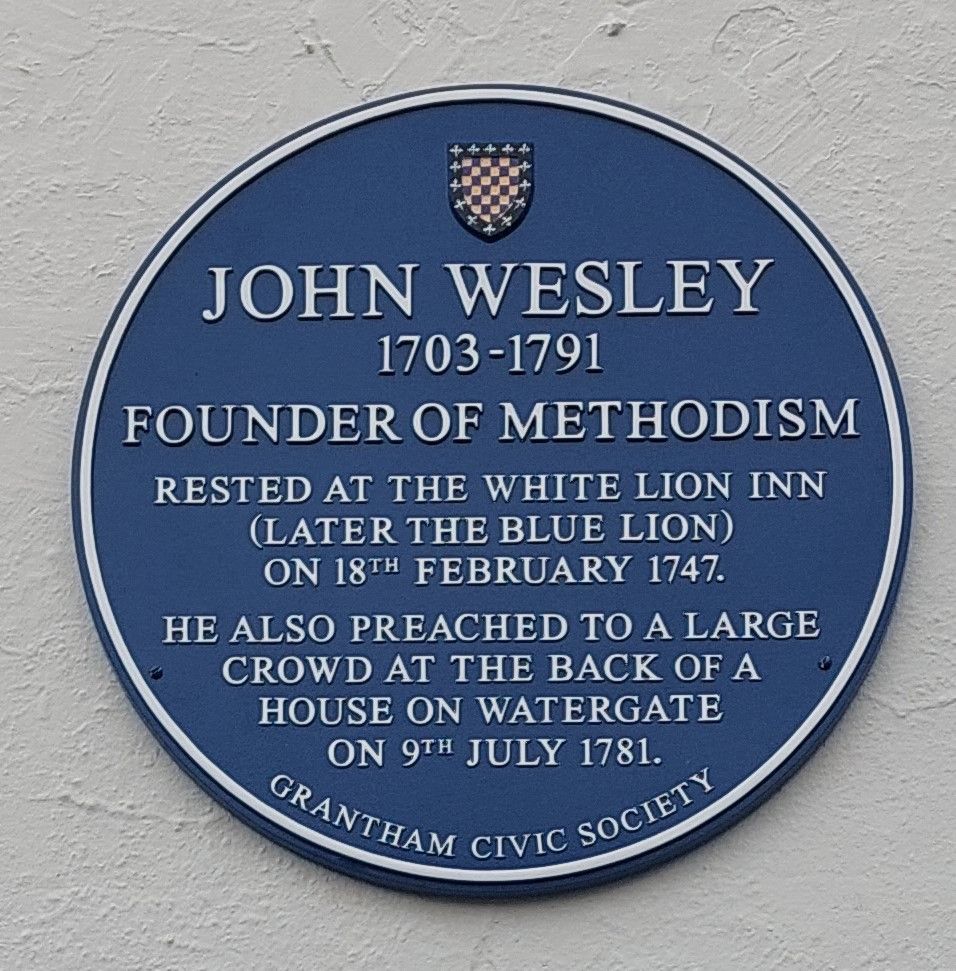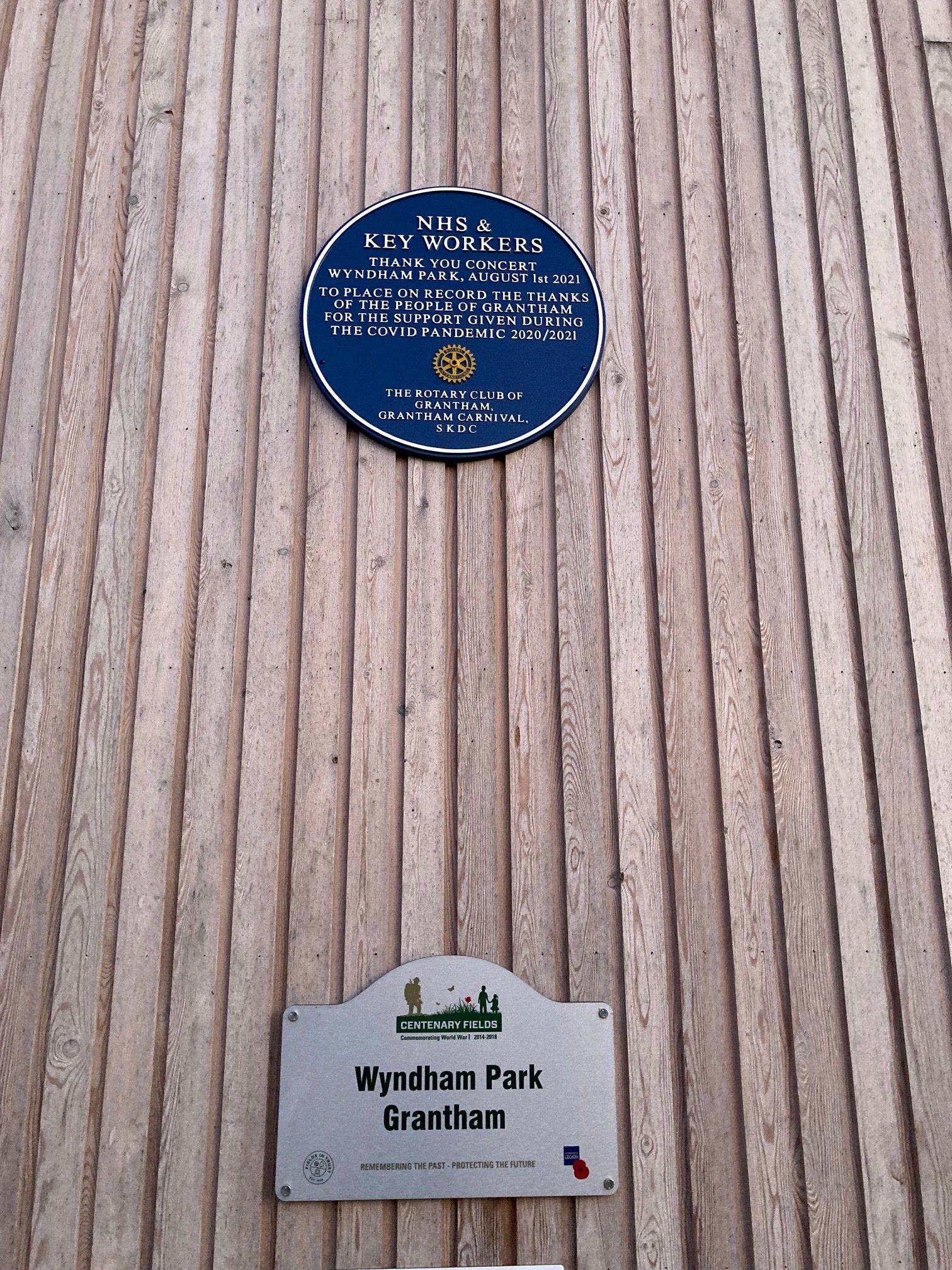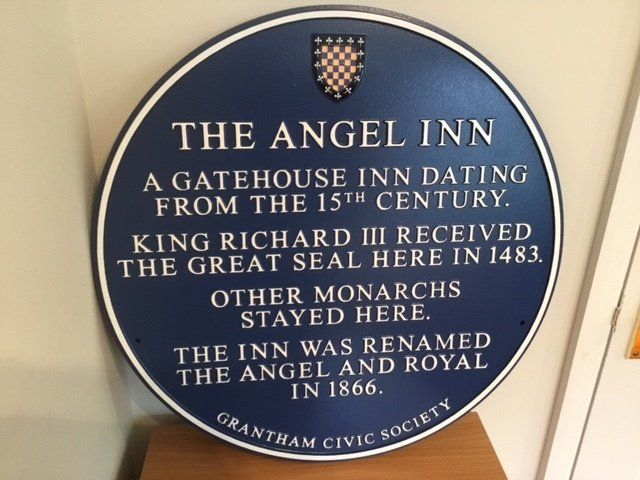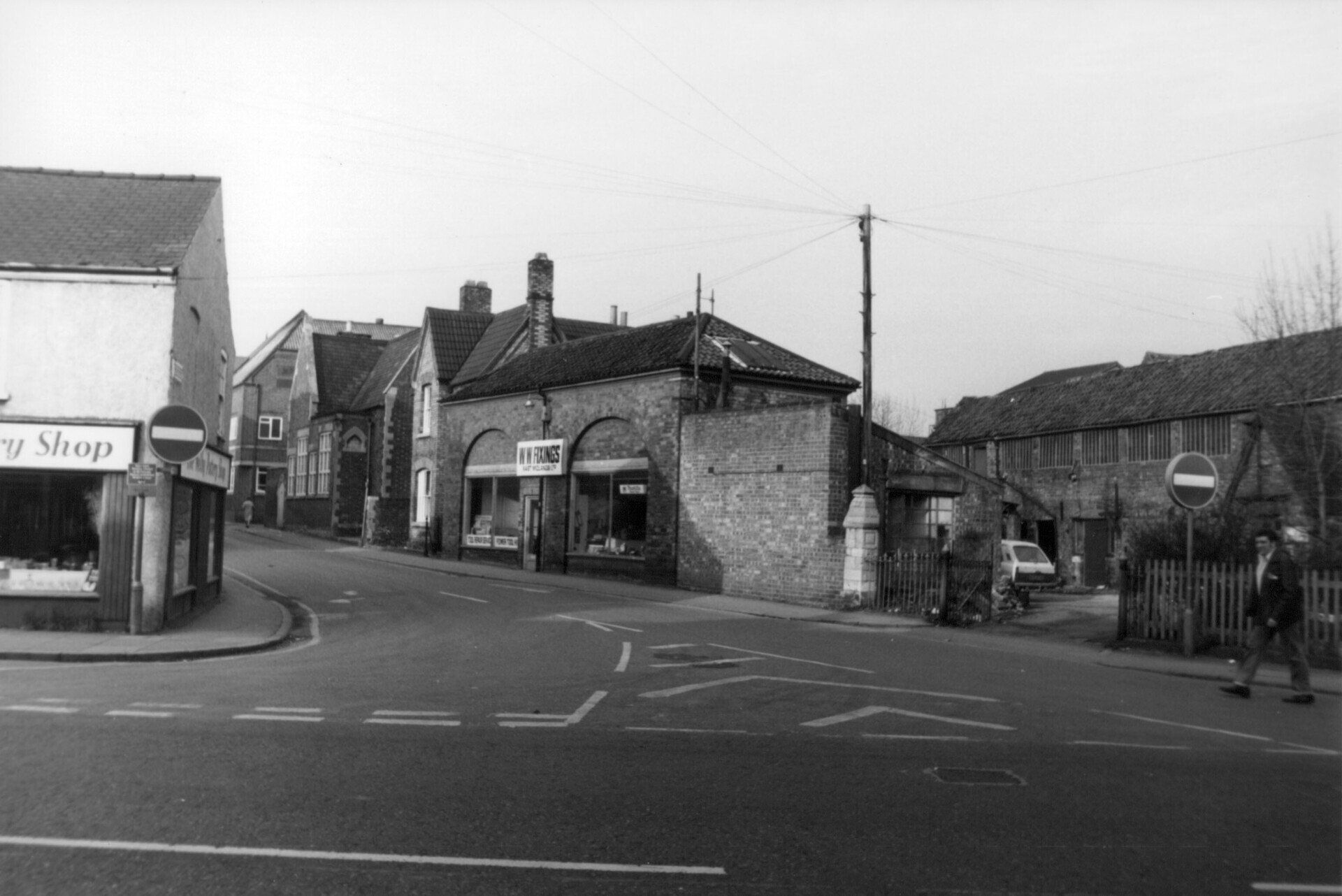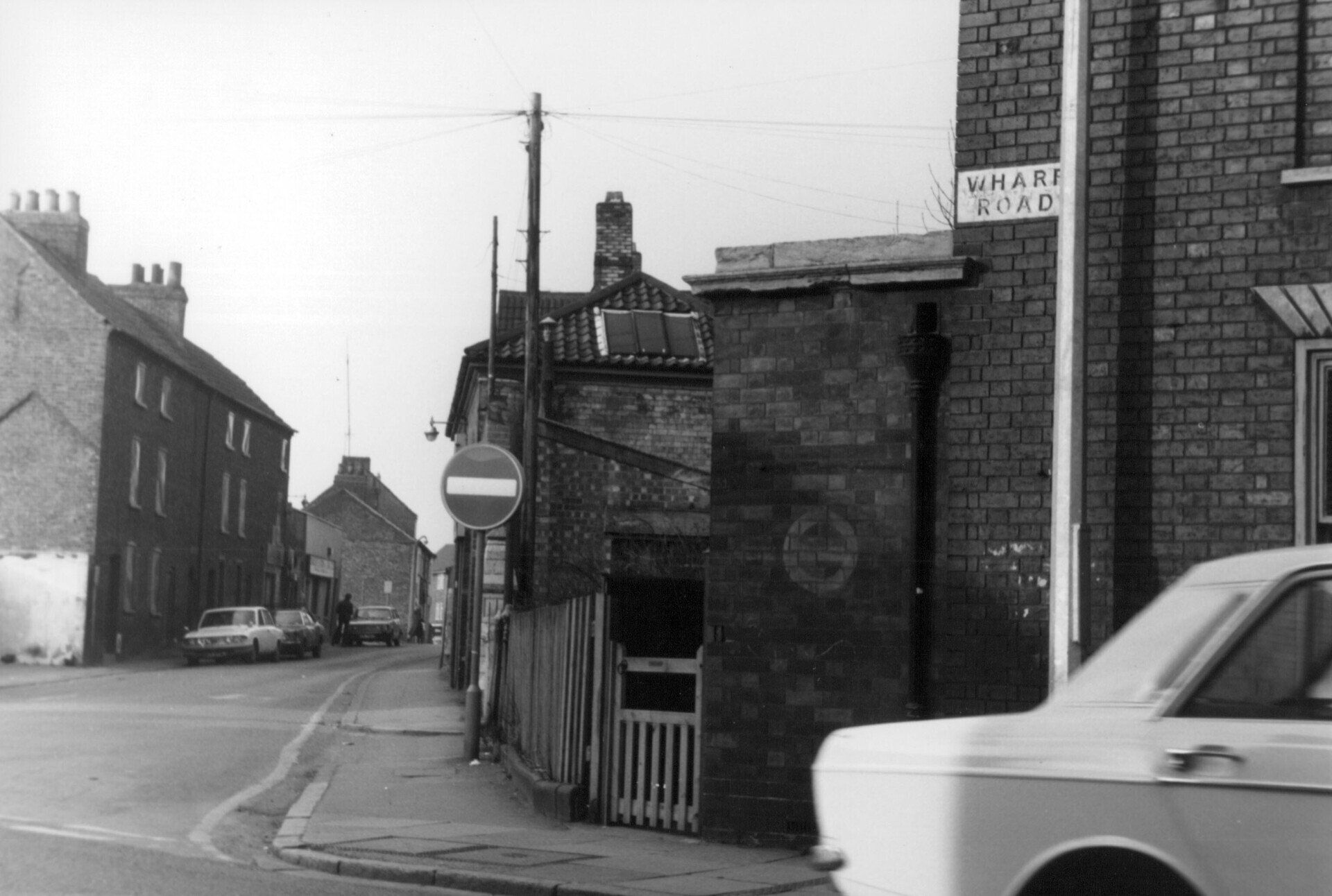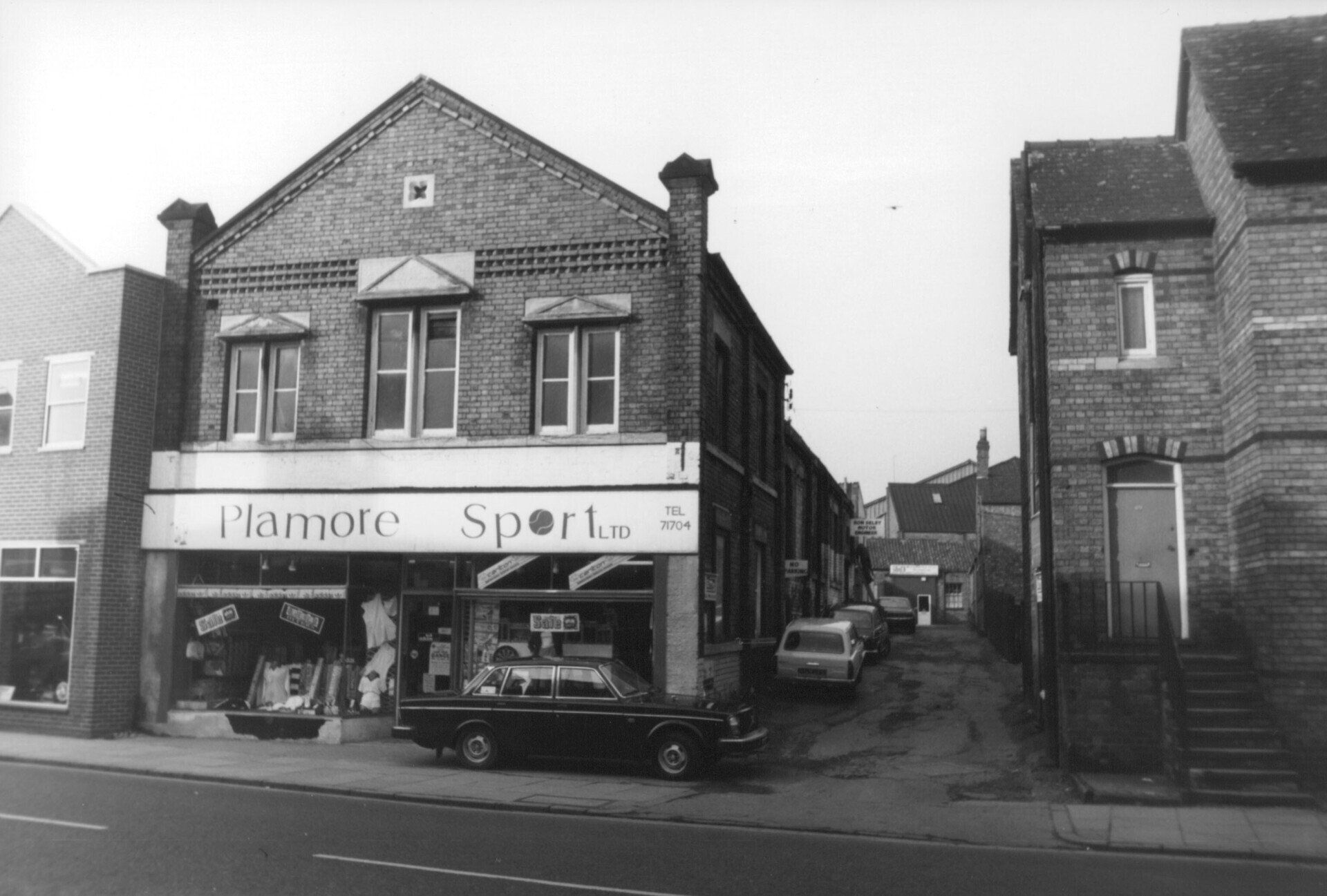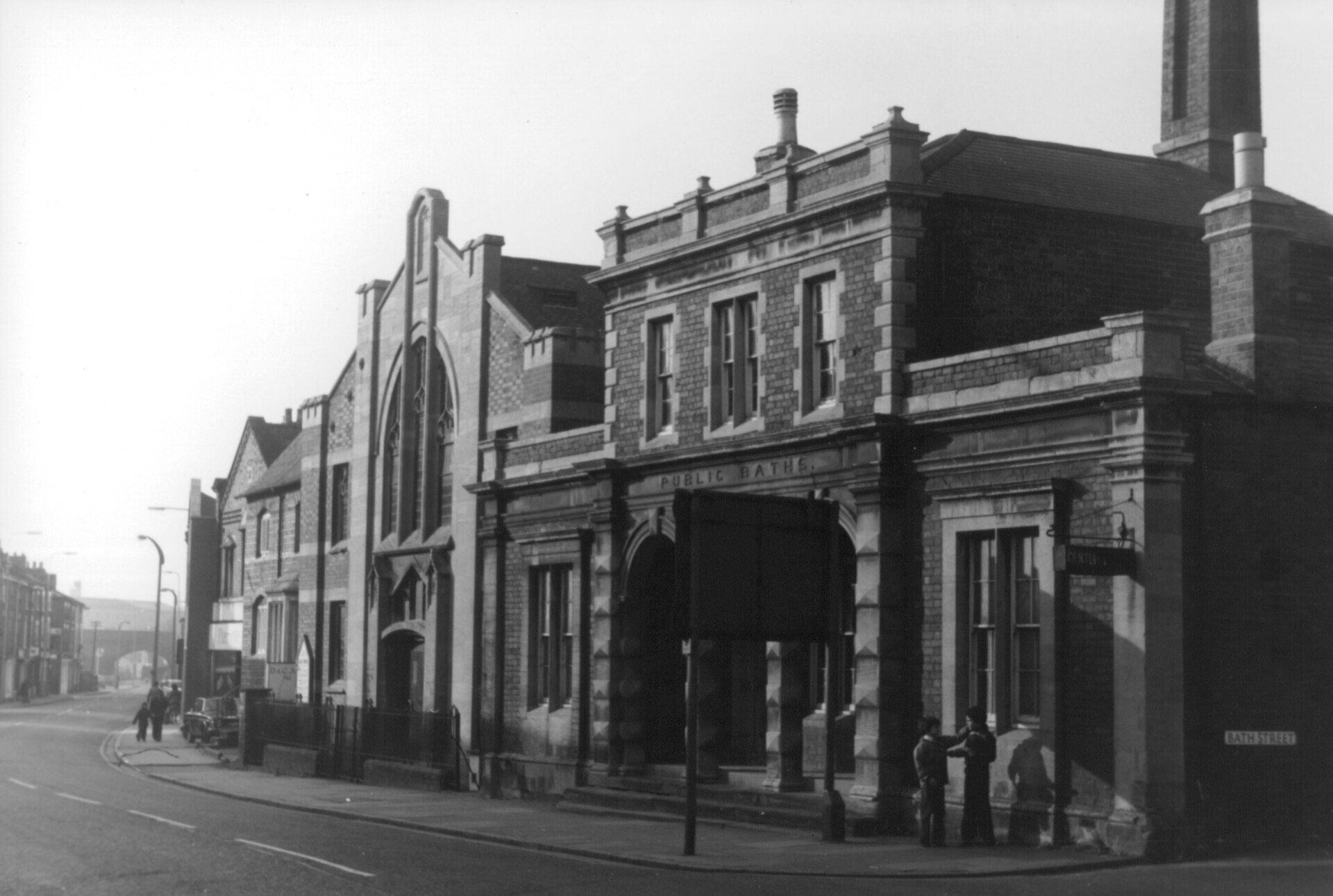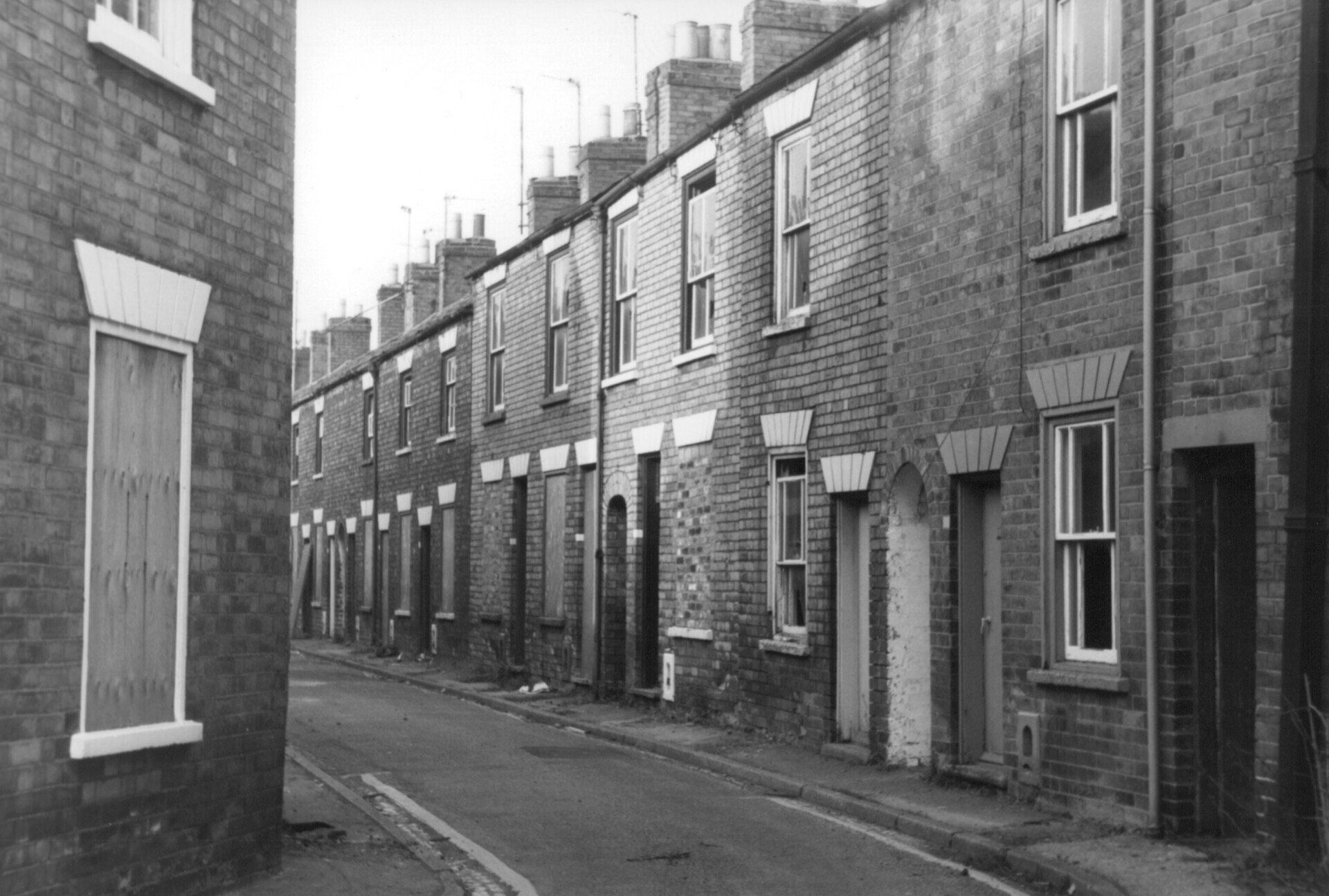Arthur Storer
Author name
Arthur Storer 1645-1687, was the posthumous son of Edward Storer, a gentleman, and his wife Katherine, nee Babington, sister of Rev Humphrey Babington of Trinity College, Cambridge. He was born at Buckminster in Leicestershire and baptised there on 20 February 1645. In 1647 his widowed mother married a widower, William Clarke, an apothecary of Grantham in Lincolnshire, and their respective and joint children were brought up together. The boys attended the local grammar school, where their uncle Joseph Clarke, was the usher.
From 1655 to 1661, Isaac Newton (born 25 December 1642), from the village of Colsterworth a few miles to the south, boarded at Clarkes’ house while he also attended the School. Arthur Storer was probably the boy with whom Newton fought in the churchyard next to the school. Newton took hold of his ears and rubbed his nose along the church wall. A few years later, when Newton listed his sins, he said that he regretted ‘beating Arthur Storer’. Newton and Storer later developed a lifelong friendship.
Arthur Storer appears to have become an apothecary, as later amongst his possessions was listed ‘a Parcell of Docters meanes’. His main interest was astronomy and in the late 1660s, he travelled with his half-sister Ann and her family to Maryland, to measure and observe the stars, planets and comets. His equipment was rudimentary, and with an astrolabe, he took regular readings of the celestial bodies. In 1678, he returned to England and stayed with his uncle Babington at his parish in Boothby Pagnell, Lincolnshire. He later returned to Maryland where he measured stars, planets and comets and sent his calculations to Isaac Newton. He said of the comet of 1682, that he must be ‘one of the first that took notice thereof in Maryland’. The comet was eventually named Halley’s Comet, since Edmund Halley was the first to identify its previous appearances and forecast its next. All these observations were later found to be very accurate, and were some of the most accurate readings of the time.
Storer died in early 1687 and is buried in Maryland. Shortly afterwards, Newton’s Philosophiæ Naturalis Principia Mathematica, was published. In it, he acknowledged Arthur Storer for all the observation and readings of the stars and the comet. ‘The same day, Mr. Arthur Storer, at the river Patuxent, near Hunting Creek, in Maryland, in the confines of Virginia, in lat. 38½o, at 5 in the morning (that is, at 10h. at London), saw the comet above Spica角, and very nearly joined with it, the distance between them being about ¾ of one degree’.
Arthur Storer was the first astronomer in North America known by name, to make accurate measurements of celestial objects, and is now internationally recognised. Newton’s tribute was a fitting epitaph for a skilled astronomer, scientist, mathematician and friend.
RECENT ARTICLES
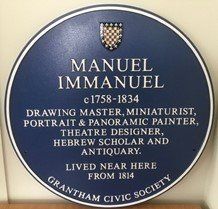
Manuel Immanuel was thought to have been born around 1758. He may have been the son of a painter and illustrator of manuscripts of the same name in London. He was an immensely talented artist, and also designed scenery and interior designs of theatres. He used transparencies and lamps to illustrate his work, often illustrating full size animals such as elephants. In 1805 The New Street Theatre on Red Lion Street in Boston was built to house Robertson’s Touring Company. When it was completed in January 1806, it could accommodate 1,079 people. It was reported that the interior decorations from ‘the Masterly pencil of Mr Immanuel, evince a taste and genius, which add to the reputation he already acquired as an artist’. Whilst in Boston he joined the local Lodge of Freemasons. In 1809, there were many celebrations to commemorate King George III, who had acceded to the throne nearly fifty years before. At St Ives in Cambridgeshire, Mr Immanuel, who was at that time living in Bedford, painted a large transparency and was given huge acclaim for his work. At was noted that he had recently produced a similar piece in Huntingdon.
